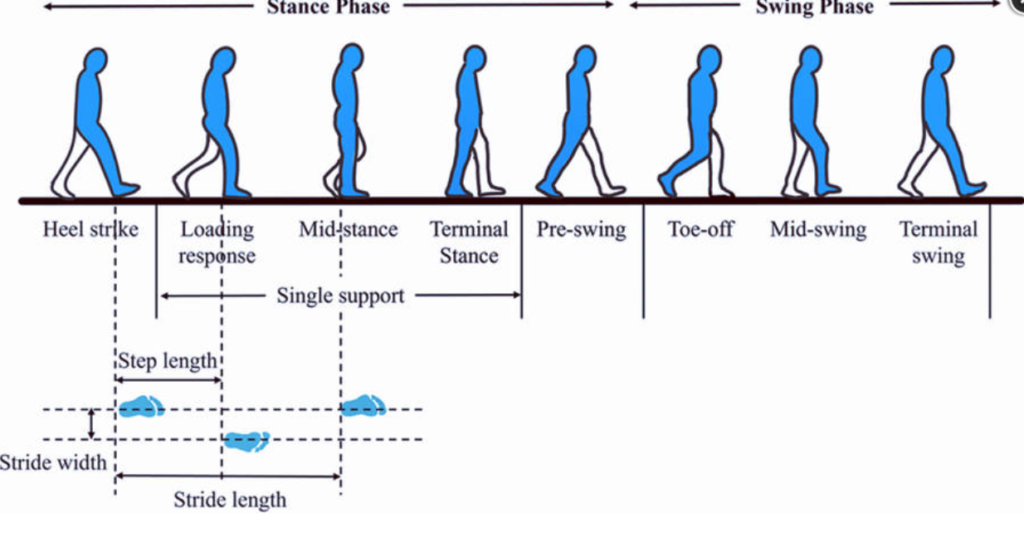The Folklore of Getting Lost
In folklore, there is a phenomenon that leaves many feeling confused and fearful: people believe they are walking in a straight line, only to find themselves circling within the same area without escape. This mysterious experience is often referred to as “being led astray by spirits.”

Scientific Experiments on the Phenomenon
To investigate this loss of direction, scientists have conducted various experiments. One of the most well-known is the “blindfolded straight-line walk.” Imagine standing in an open field with your eyes covered and being asked to walk straight ahead. While it sounds simple, the reality is different. Studies show that without visual cues, people tend to veer off course, eventually walking in circles.

Research indicates that the radius of these circular paths ranges from a few hundred meters to several kilometers, depending on an individual’s physical traits, stride length, muscle strength, and environmental factors. This means that even when you believe you are walking straight, your body is subconsciously steering you into a curve.
Why Do Humans Walk in Circles?
Science provides a clear explanation: the human body is not perfectly symmetrical. Minor differences in leg length, muscle strength, and walking rhythm cause slight deviations in movement.

Under normal conditions, our eyes help maintain orientation by providing visual references. If we deviate, the brain adjusts our pace to correct our path. However, in low-visibility conditions, such as darkness or blindfolding, the brain loses these visual cues, making self-correction ineffective. As a result, small imbalances in steps gradually lead to circular movement.
The Role of Environment and Psychology
This phenomenon frequently occurs at night or in featureless landscapes where lighting is poor and distinct landmarks are scarce. In such settings, the human visual system struggles, making directional accuracy difficult. When surrounding objects have similar shapes and colors, the brain can misinterpret spatial information, reinforcing the illusion of moving straight when actually walking in circles.

Additionally, physical and mental conditions play a crucial role. Walking for prolonged periods without rest leads to fatigue, affecting spatial perception. Stress and distraction can also impair directional judgment. If someone becomes aware of their repeated movements, panic may set in, further diminishing logical decision-making. In these moments, individuals may attribute their disorientation to supernatural forces instead of cognitive errors.
How to Escape the ‘Lost in Circles’ Effect
If you find yourself trapped in this situation, staying calm is key. Understanding that the experience is a cognitive illusion rather than a supernatural occurrence can help maintain composure. Consider these solutions:
- Use Navigation Devices: A smartphone with GPS can help confirm your direction. If available, check a map to realign your path.
- Identify Fixed Landmarks: If GPS is unavailable, look for distinctive natural or man-made features, such as hills, large trees, or rivers, and walk towards them.
- Mark Your Route: Leaving markers like stacked stones or scratches on trees can help detect if you are looping back to the same place.
- Controlled Walking: Extending your arms or using a long stick to gauge your stride can aid in maintaining a straight path. Following visible ground lines, if available, can also prevent veering off course.
- Rest and Regroup: If fatigue or panic sets in, take a break before resuming movement. A clear and calm mind enhances problem-solving abilities.
Conclusion
From a scientific perspective, the “lost in circles” phenomenon is not caused by supernatural entities but rather by human cognitive limitations under specific conditions. A combination of slight physical asymmetries, lack of visual references, environmental factors, and psychological influence can make a person unknowingly walk in circles.
Understanding this mechanism not only dispels myths but also equips individuals with practical knowledge to navigate disorientation effectively. Next time you feel “led astray,” remember: fear won’t help—rational thinking will.

Leave a Reply